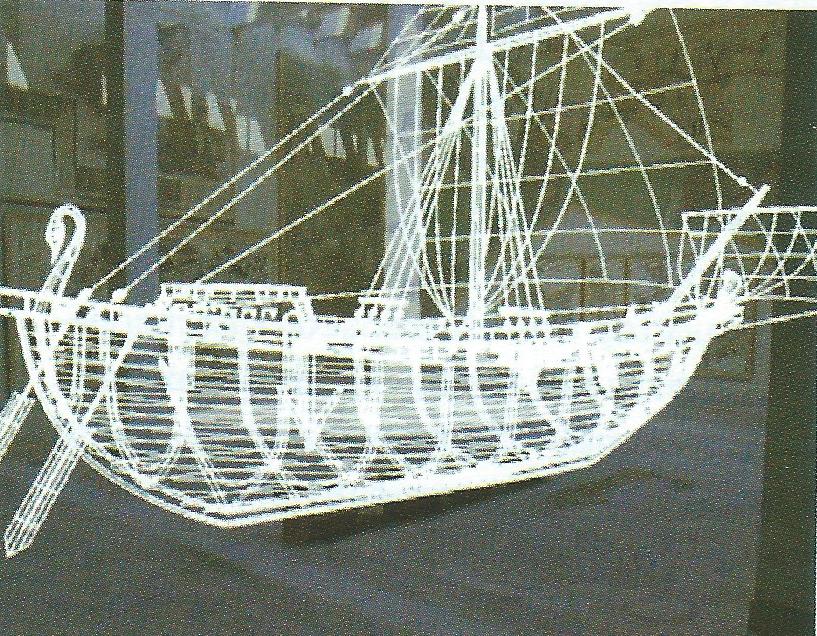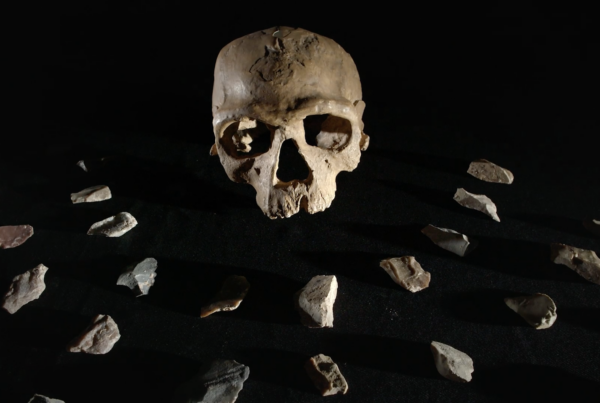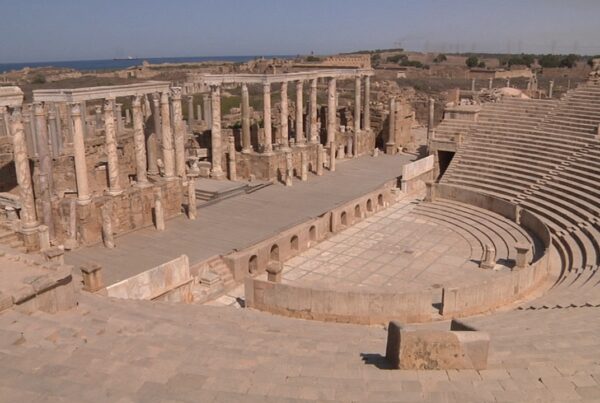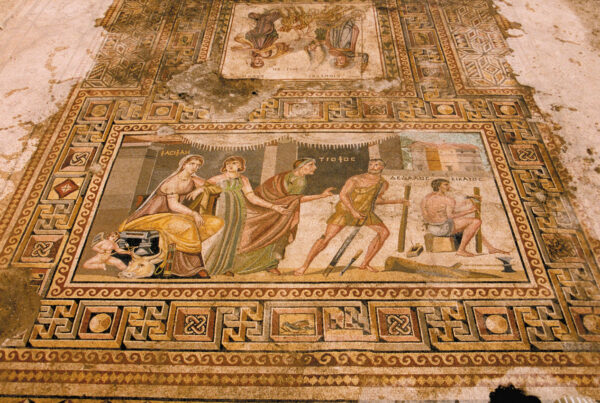Over 2.000 years ago, in 88 B.C., the Greeks of Athens staged a rebellion, overthrowing their Roman masters –in the process killing 80.000 of them in a single day. Rome’s inevitable and horrible revenge came in the person of their most formidable General, Lucius Cornelius Sulla, and his mercenary army of 30.000 men. They lay siege to Athens, and when they breached its walls, put to the sword her people –the historian Plutarch describes Athenian blood running like rivers through the streets. But Sulla needed money to pay his soldiers, and Athens was fat with plunder. First his army looted the portable treasures –bronze busts, statues, wine-bowls and candelabra. But at the Olympian temple, they dismantled the building itself –hundreds of tons of ornate marble columns and capitals. Transporting the loot overland was impossible –it had to go by sea. Over 200 tons of stolen treasure were loaded onto a ship that could safely carry only half that much. Sulla returned to Rome, but his plunder ship and all aboard never did. They sank near the Tunisian coastal town of Madhia, 800 milles off course. The first discovery of the wreck is impossible to pinpoint –as it was no doubt made by a sponge diver. Sponge divers have dived the area since the time of Homer –held down with lead weights, they can descend to depths of 150 feet and stay there for as long as three minutes. In 1907, Alfred Merlin, a top French archaeologist, happened on a Greek figurine offered for sale on a street in Tunis. He tracked it through the sponge divers to a “mystery ship” off the coast, and until the intervention of World War I, he had brought its treasures up. For over 40 years later, the ship lay alone again. In 1948, the internationally known oceanographer Jacques Cousteau pinpointed and surveyed the site, while testing his newly invented aqualung. But his field notes failed to leave a usable trail to the site, and the wreck’s precise location was lost again. Through a combination of remarkable detective work and dogged persistence, Mensun Bound retraces Cousteau’s steps and rediscovers the wreck. He and his team map the site’s still-sunken treasures, later creating a fascinating digital record of the wreck. At Tunis’ National Museum, he examines the artifacts previously raised from the ship –statuary, lonic pillars and capitals, and the actual bow of the 2.000 year-old ship. He then travels to Athens to trace the marble, and retells the story of Sulla’s massacre and sack of the city. In the show’s final minutes, Bound tours a digital recreation of the ship and describes its last voyage and terrible end.
- Direction: MATTEW WORTMAN
- Production: BIBO TV







